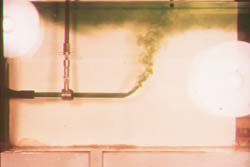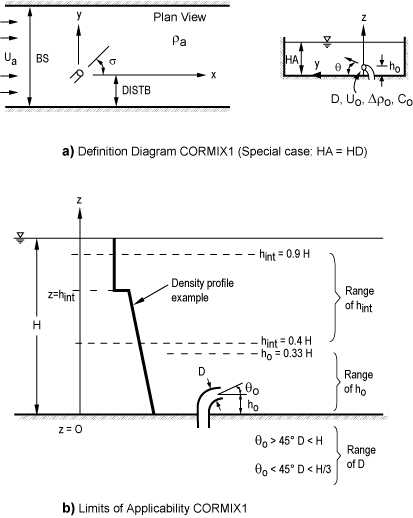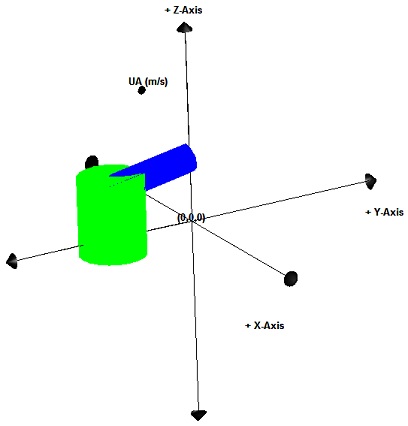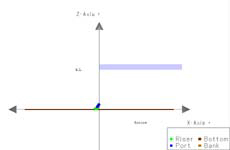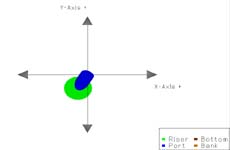CORMIX1 predicts the geometry and dilution characteristics of the effluent flow resulting from a single port discharge.
The effluent can be of arbitrary density (positively, neutrally, or negatively buoyant relative to the ambient), location and geometry,
into an ambient receiving water body. The ambient receiving water body may be stagnant or flowing and
have ambient density stratification of different types.
The single port outfall can be deeply submerged or be a near surface or above surface discharge.
Source Characterization Assumptions
- All subsystems require that the actual cross-section of the water body be described or schematized as a rectangular straight uniform channel that may be bounded laterally or unbounded. The ambient velocity is assumed to be uniform within that cross-section.
- In addition to a uniform ambient density possibility, CORMIX1 allows for three generic types of ambient stratification profiles to be used for the approximation of the actual vertical density distribution.
- All CORMIX subsystems are in principle steady-state models, however new developments allow the analysis of unsteady mixing in tidal environments.
- All CORMIX systems can predict mixing for both conservative and non-conservative first-order decay processes, and can simulate heat transfer from thermal plumes.


